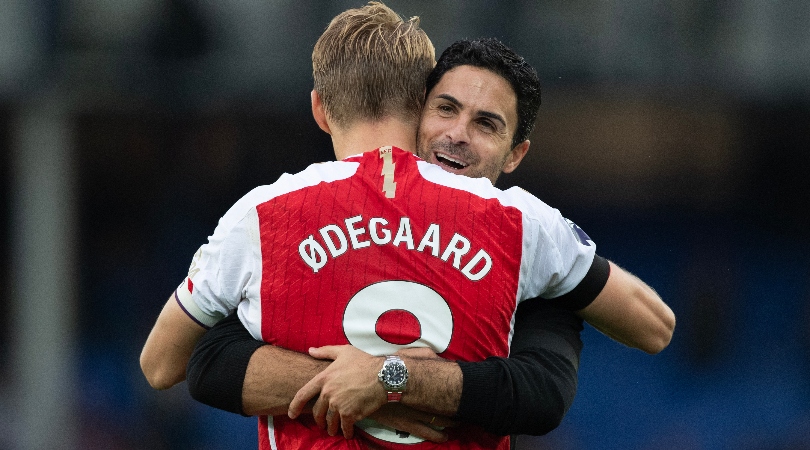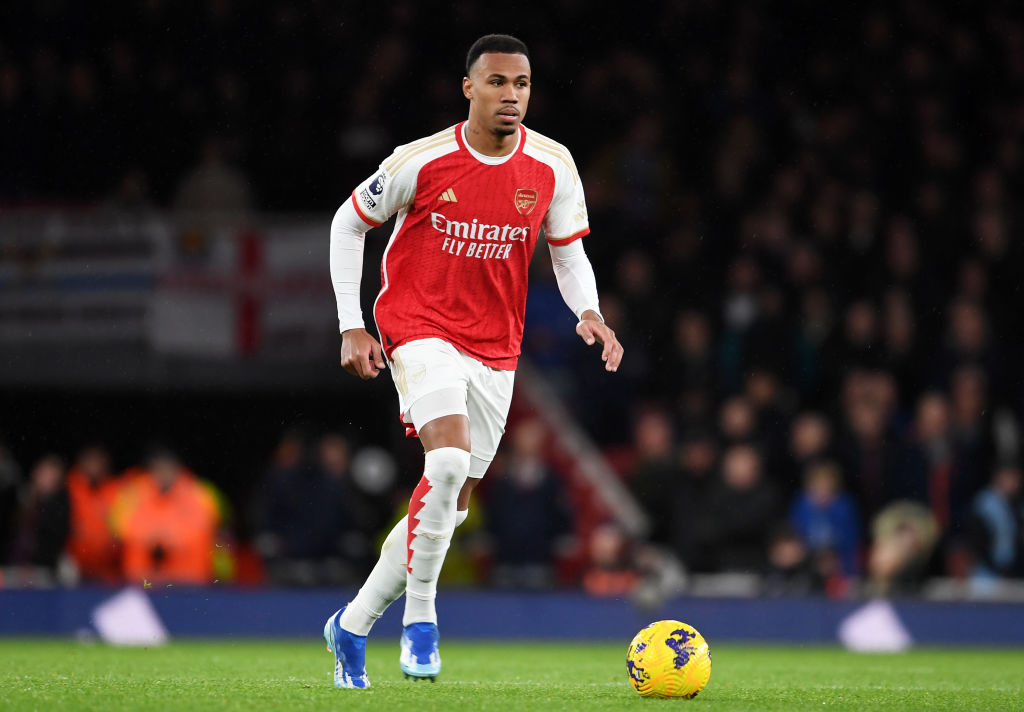
Football fans in the UK never cease to baffle continental supporters about what they consider applause-worthy during a game.
A cushioned header back to the goalkeeper when under no pressure? Always well received. And we will often explode with a roar of encouragement when our team wins a corner, regardless of how often they actually result in a goal.
One of the other main examples of this is when a midfielder opens his/her body out and switches play to the other side, again when under little pressure from the opposition. I guarantee if you were to visit every stadium up and down the country over the next year - you will see this in 99 per cent of them.
Supporters applaud it, yet it is probably one of the most simple skills any professional player will perform during a game. But how does this pass relate to a team’s tactical set-up with the ball?
The answer can be found in what many are now calling the horseshoe matrix.
MORE TACTICS: Tactics Explained - Arsenal's 'The Invincibles'
What is the Horseshoe?
Horseshoe is the name given to a set-up a team employs when having possession. Essentially, it is the tactic of passing the ball around the defensive line from one side of the pitch to the other.
The name itself is almost self-explanatory. When the attackers line-up in this way to keep possession, the formation resembles a horseshoe.
The horseshoe keeps the ball moving against a low block, and ensures an attack doesn’t stagnate. When facing a disciplined opposition employing a deep low block, a team will need to shift the ball across the pitch as quickly as possible.
This in turn will make the defending team move from side to side to engage the ball. Slowly the longer the attacking team has the ball, space should, almost naturally, appear. The aim of this tactic is to wear the defensive team down by keeping the ball moving in dangerous areas.
In theory, it should keep teams chasing shadows. A side employing the horseshoe against a low block will always have a spare man to pass to, even if that involves going backwards.
MORE TACTICS: Why Kobbie Mainoo Has To START For England
Who uses the Horseshoe?
Under Mikel Arteta, Arsenal have been regular deployers of the horseshoe tactic in possession. This has become more prevalent in Gunners’ games over the last season.
In the last two years, naturally as they won more games, Arsenal have faced a greater number of disciplined, low-blocks than they had previously. Last season Arteta’s seemed to lose control of their attacking structure when struggling against a low block.
Often their games would become chaotic, even if eventually successful, the 3-2 win against Bournemouth a classic example. This season Arsenal have found a calmness and a patience, even if initially frustrated by a defensive minded opposition.
Such a scenario will see the Gunners keep possession, but also keep the tempo of the game high, using the Horseshoe to move the ball quickly and efficiently.
Doing this at speed has kept the crowd engaged for home games, with any nervous energy from the stands instead transmitted into backing the team. Last season this wasn’t always the case.

What are the cons of using the Horseshoe?
The major downside of circulating the ball in this fashion is that it can become too predictable. An extremely well drilled defensive opposition may even encourage their opponent to keep the ball this way.
After all they can still maintain their shape and not worry about the opposition playing directly through them. To play the horseshoe you also need technically excellent ball-playing defenders.
In this tactic, the centre-halves will both be up on the halfway line tasked with shifting the ball to the other side as quickly as possible. They will have time on the ball, but often this can actually hinder decision making, when it comes to the next pass.
This is not so much of a disadvantage for Premier League players, but you don’t have to go far down the pyramid to find defenders not capable of manoeuvring the ball quite as effectively.
More tactical explainers
We have several tactical explainers to help you understand more about football.
When it comes to midfields, we have pieces on what a box midfield is, how double-pivot midfields function and explainers on the No.10 and the No.6, as well as attacking and defensive transitions.
We also have explainers on what gegenpressing is, what target men are how inverted full-backs work and what ‘between the lines’ means, along with explainers on overlaps and overloads.







